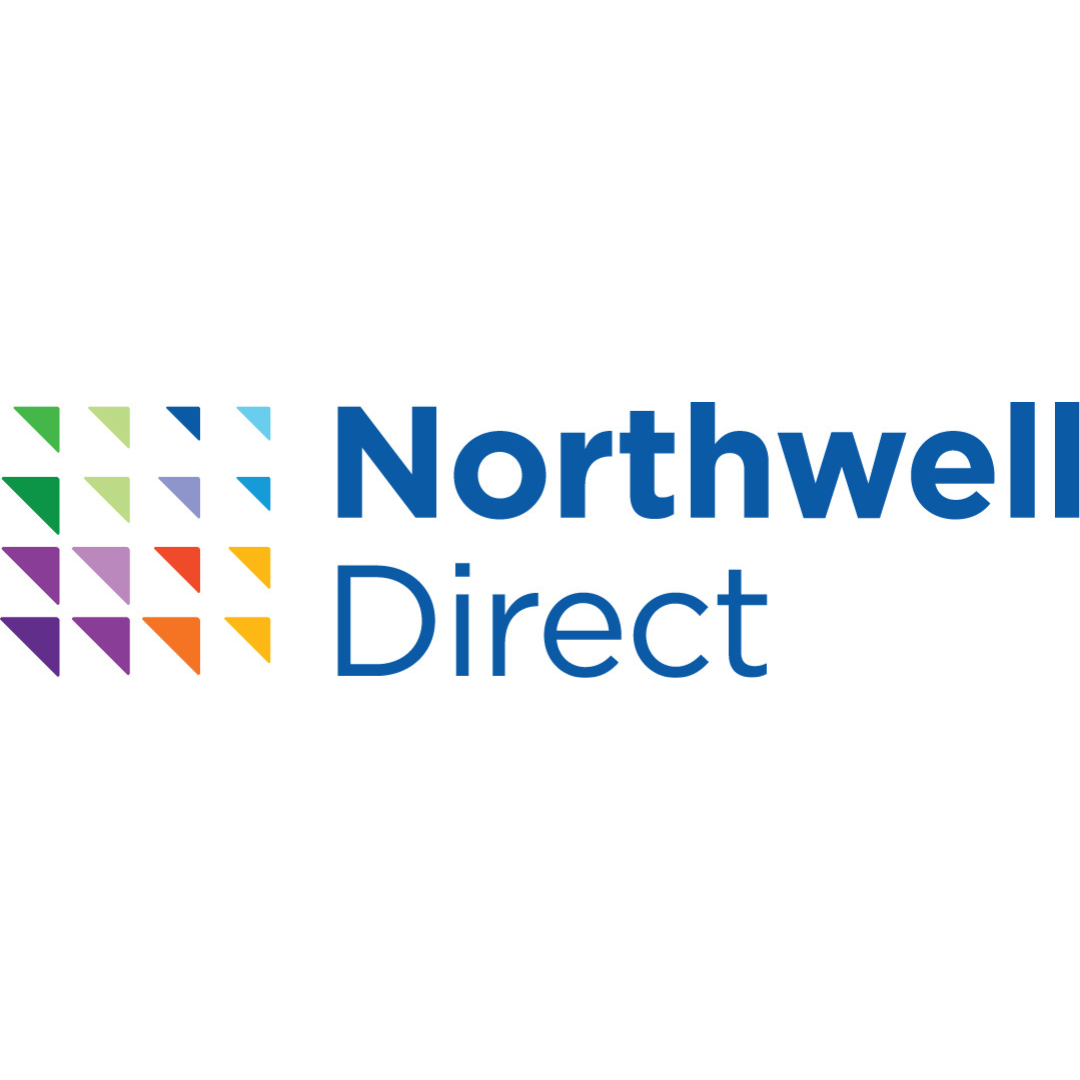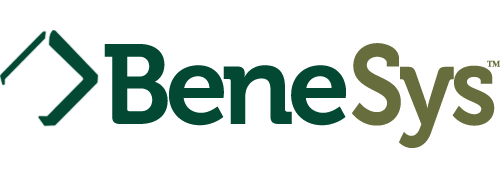Do You Have Financial Breathing Room?
August 5, 2021

By definition, when you’re living within your means, you’re spending less than you bring in. It sounds simple on paper, but life—and expenses—happen.
Since the last federal minimum wage increase (to $7.25 per hour) in 2009, the cost of living has gone up by 20%. If you’re feeling squeezed by rising costs, you’re not alone. But you can do something about it.
From negotiating expenses to finding clever ways to cut back, you can start to create some breathing room between your expenses and your take home pay.
How to Know if You’re Living Within Your Means
The basic concept of living within your means is pretty straightforward. If the amount of money you spend each month is equal to—or less than—the amount of money you bring in, then you’re successfully living within your means. If you’re spending more than you’re earning, you’re not.
But to get a true picture of your financial health, you should also include your debts and your savings into the mix. 2020 reminded us that a global crisis can come out of nowhere and wreak havoc on your personal finances. Having not only your expenses and spending in check, but your savings squared away, will help protect you and your family from unexpected setbacks.
Do you have an emergency fund?
An emergency fund is a personal bank account that you set aside in case of emergencies — or large, unexpected events such as medical expenses, home repairs, and other unplanned life events. While you can tap into an emergency fund after a job loss or drop in income, many experts recommend keeping your emergency fund separate from other savings just in case you need to cover an unexpected expense while unemployed.
Could you live on savings alone for a month?
You should also know exactly how much money you have saved and prioritize regular contributions to your general savings account. While experts recommend having six months worth of income stashed away, saving up that much can feel overwhelming if you’re just starting out or already stretched thin. Instead, set smaller savings goals and build up as you grow. If you have enough savings to live on for even one month, it would buy you some time—not to mention peace of mind—if you ever experience a sudden loss of income.
Consider your burn rate.
Your burn rate is a measure of how quickly you spend your disposable income—the amount of money you have left over each month after taxes. According to a popular budgeting method called the 50/30/20 rule, you should spend approximately 50% of your after-tax income on needs, 30% on wants, and 20% on savings. If your expenses (or your wants) get out of line with those percentages, you may end up living beyond your means and using credit cards to carry you over from month to month.
How much debt are you carrying?
The final piece of the puzzle is your high interest debt. If you’re racking up credit card debt, making the payments can seriously hamper your ability to live within your means, especially as the interest compounds. Finding ways to lower your spending can help you break your reliance on credit cards in the future. And if you’re already in debt, a debt consolidation loan can help you bundle those payments into one, often with a lower, more manageable interest rate.
6 Ways to Reduce Your Monthly Expenses
With rising costs and often stagnant income, it can feel like there just isn’t any room in your budget (or your life) to make changes. But small changes can help give you more financial wiggle room without having to sacrifice what you need to live—or what brings you joy.
1. Cut back on restaurants and takeout.
Feeding your family healthy, low-cost meals every day can be a challenge, but there are all sorts of ways to keep your food costs down—starting with cutting back on takeout, restaurants, and fast food. Many people on a budget also devise weekly meal plans, buy in bulk at the grocery store, and eat seasonally to keep costs low.
2. Reduce your car expenses.
Whether you live in a big city or small town, there are many ways to reduce gas costs these days. In addition to biking and taking public transportation, you can carpool, or use a ride-hailing service.
If you’re having trouble making your car payments but have good credit, you might want to consider refinancing. If you’re still using dealer financing, rates have likely dropped since you got your existing loan. So paying off your existing car loan and refinancing into a new one could help you save money—$80 per month on average—by scoring a lower interest rate.
3. Renegotiate your utility bills.
Many states have deregulated energy markets, which means (if you live in one of these states), you have the power to renegotiate your gas and electric bill, or even switch to another energy provider if you’re unhappy with your current one. Each deregulated state has its own rules and regulations, so make sure to research your state’s energy laws before making a call.
4. Save money on your cell phone bill.
If your mobile phone bill is getting out of hand, consider switching from your major carrier to a prepaid, no-contract plan, which allows you to pay up front for a predetermined amount of calls, texts, and data. Because service providers want to keep customers, you may be able to score discounts just by asking, too.
5. Use free budgeting and saving apps.
If you’re focused on spending less money but have a hard time sticking to a budget, the right app can make all the difference. Many apps let you sync your bank accounts and credit cards, create savings goals, get customized alerts when you’re over budget, and even monitor your credit score.
6. Choose bank accounts without fees.
If your bank charges monthly fees, consider making the switch to a no-fee checking account. In many cases, banks will waive the monthly service fee if you keep a minimum balance or set up direct deposit, so take steps to ensure you aren’t getting charged. Some online-only banks offer perks like no minimum balance requirements, no overdraft fees, and ATM fee reimbursements. Shop around to find a bank that works for you.
What to Do When Reducing Your Spending Isn’t Enough
If you’ve drastically cut back on spending and still find you’re living beyond your means, you have options. Here are some things you can do to further reduce your burn rate and add to your monthly income.
Make sure basic expenses are always covered.
For most people, housing and related expenses should be at the top of the list. Next, you’ll want to cover groceries and utilities. Take care of your family’s basic needs first, then take a look at what options you have for your other expenses.
Consider downsizing.
Moving to a smaller living space can have a number of big advantages. For example, if your kids have moved out or you want to move closer to an aging family member, downsizing may already make a lot of sense. Just remember that moving comes with its own expenses, such as shipping household goods or paying for storage for items that won’t fit in a smaller home.
Look for ways to make more money.
It’s been a wild year, and if you’ve stuck with your employer, it might be time to ask for a raise. Though historically people might feel awkward negotiating an up in salary, remember your worth. Come prepared to talk about work achievements and how you’ve helped the company, and have a number in mind. If your company isn’t able to offer a salary bump, it might be time to apply elsewhere. In some cases, you may want to turn to side gigs to help make ends meet. Whether you have a particular skill you can monetize, like selling your art on Etsy, or you want to earn extra money by providing necessary services, like driving for Lyft, there’s an option out there to fit your needs.
Sell what you don’t need.
You may think that no one will want your old stuff, but consider the decades-long success of websites like eBay and Craigslist. Regardless of what you own, whether it’s a dusty collection of comic books, old records, or your great-grandmother’s china, chances are there’s someone out there who’d love to buy it for the right price. Start by taking a survey of your home and making a list of items you no longer need. Then, look for places to sell them. Still in quarantine mode? These days you can sell practically anything online.
Consolidate your debt.
If you pay your bills on time and have a decent credit score, but simply can’t get out from under high-interest rate credit card debt, you may be a good candidate for a debt consolidation loan. With debt consolidation, you can combine your debt into one single payment with an affordable fixed rate, allowing you to pay off your debt faster and easier. Know that debt consolidation won’t magically change your finances. If you have excessive spending habits, it might be time to make some personal changes.
Consider a personal loan.
A personal loan is another option to consider, particularly if you have multiple credit cards with high balances. With the right personal loan, you can chip away at credit card debt with a lower interest rate and one consolidated monthly payment. You can check your personal loan rates with LendingClub Bank for free, with no damage to your credit score. Or, find out how much you can save by refinancing a current loan.
The Bottom Line
We don’t want to sugar coat it: learning to live within your means can be a challenge. However, if you make a solid, thoughtful plan to reduce your spending and stick with it, the long-term benefits will be well worth it. The trick is to make sure you’re not cutting every expense that makes life pleasurable. Allow yourself a splurge every now and then. “As you start to save more, evaluate your priorities,” says Sarah Sharkey, writing for CleverGirl Finance. “You should not slash things out of your budget that make your life enjoyable just to meet your savings goals. Instead, get creative with spending that doesn’t make you happy.”
Common FAQs
How can I reduce my burn rate?
If you want to cut back on spending, you’ll need to eliminate some of your “wants.” According to the 50/30/20 rule, 50% of your income should go to needs, 30% to wants, and 20% to savings. How much of that 30% can you allocate toward savings instead of wants?
How much money is enough to live on?
It depends on where you live, your everyday needs, and your current finances. When determining how much money you need to live, get familiar with the cost of living in your area and where you’re currently spending your income. Creating and sticking to a monthly budget can help you determine where you can cut costs.
How can you save, and still live on a little?
The more you’re able to reduce your spending and focus on necessities, the more you’ll have left over for savings—even if you build it up with very small deposits over a long period of time.
How can I create a monthly budget?
There’s a budgeting plan out there to suit just about anyone’s financial situation. Whether you want to create a manual budget, seek a professional, or use a budgeting app, make sure your choice plays to your strengths—and weaknesses. At a minimum, you’ll want a budget that aligns with your spending habits while helping you reduce debt and save more for your future.
Provided by:
https://blog.lendingclub.com/






























